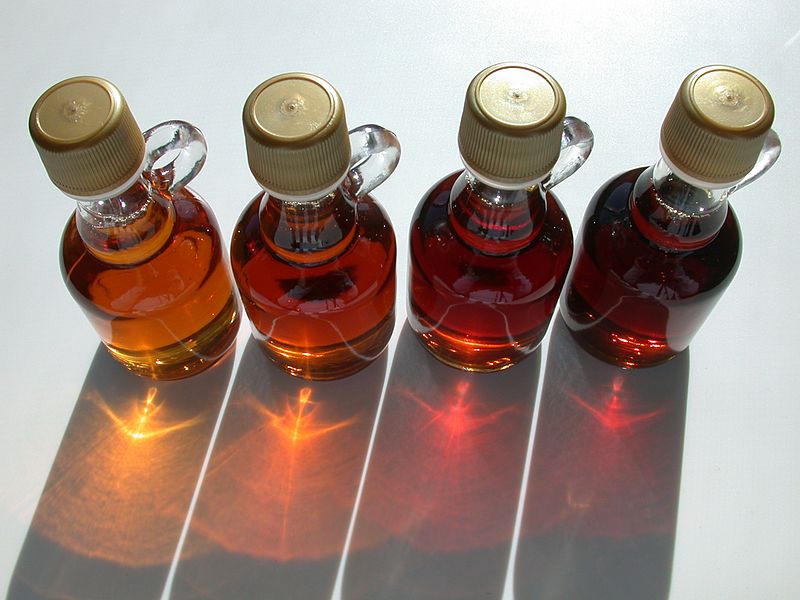Mellado-Mojica, E.; Seeram, N.P.; Lopez, M.G. Comparative analysis of maple syrups and natural sweeteners: Carbohydrates composition and classification (differentiation) by HPAEC-PAD and FTIR spectroscopy-chemometrics, Journal of Food Composition and Analysis, 2016, 52, 1-8.
Abstract
Maple syrup is a natural sweetener obtained from the sap of maple trees (Acer saccharum), highly rich in bioactive molecules placing it among the most desirable and natural sweeteners for human consumption (agave, sugarcane, corn and honey). Carbohydrate profiles (amounts and composition) as well as FTIR-PCA classification of maple syrup were performed and compared to other natural sweeteners. TLC and HPAEC-PAD revealed that maple syrup exhibits unique carbohydrate profiles dominated by high sucrose content (511–688 mg/g) followed by glucose and fructose traces. Alternately and highly relevant, it was possible to identify three oligosaccharides, not previously reported in maple syrup, with potential to be used as authenticity markers. The FTIR spectra displayed the most characteristic differences in the carbohydrate region (1185–950 cm−1), particularly, maple syrup exhibited strong absorption bands at 997 and 1054 cm−1 wavelengths in agreement with their high sucrose content. Principal component analysis of the FTIR carbohydrates region allowed maple syrup to be distinguished from other natural sweeteners based on botanical source. The above information would be helpful for the authentication, characterization, and subsequent detection of intentional adulteration of this natural sweetener.


